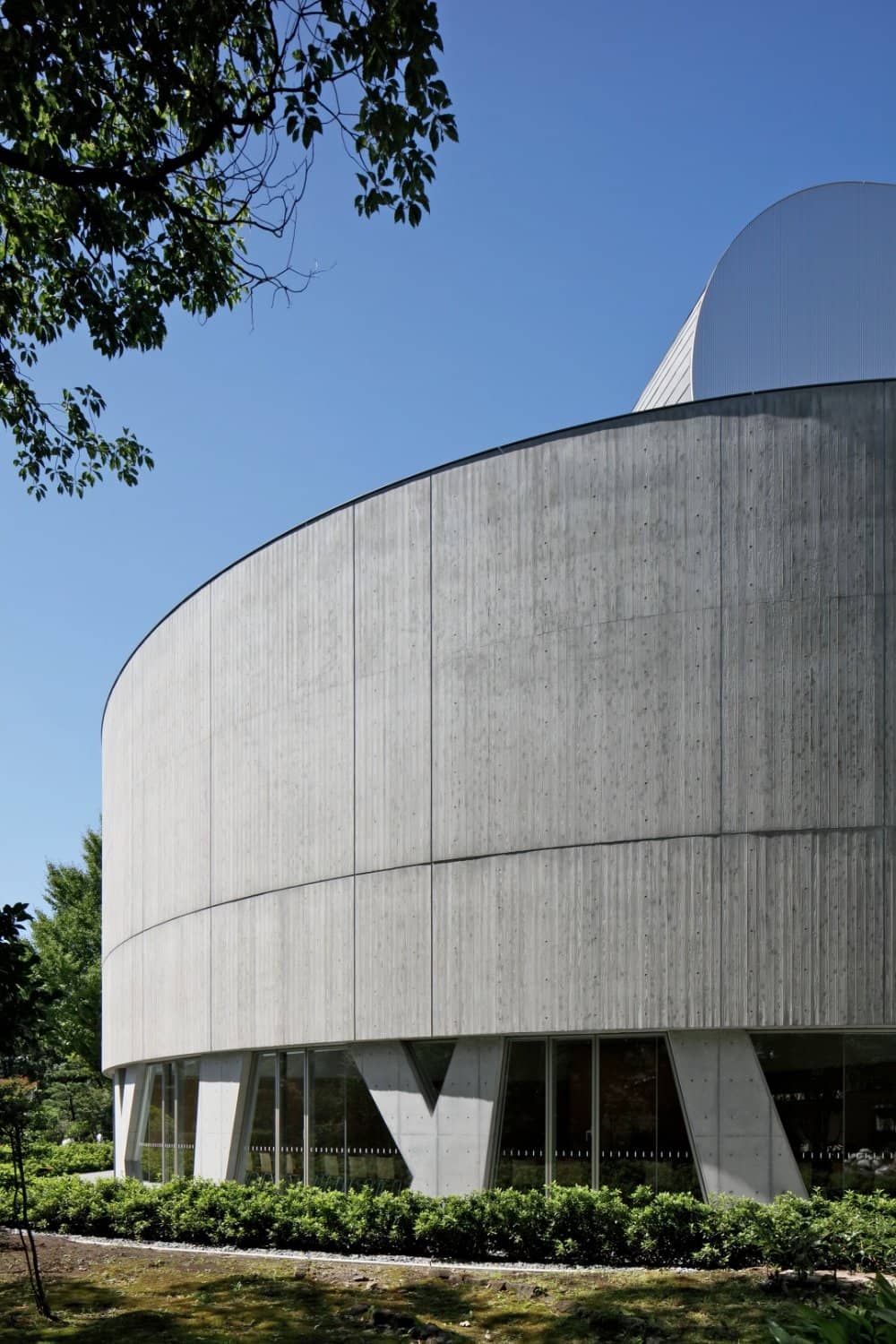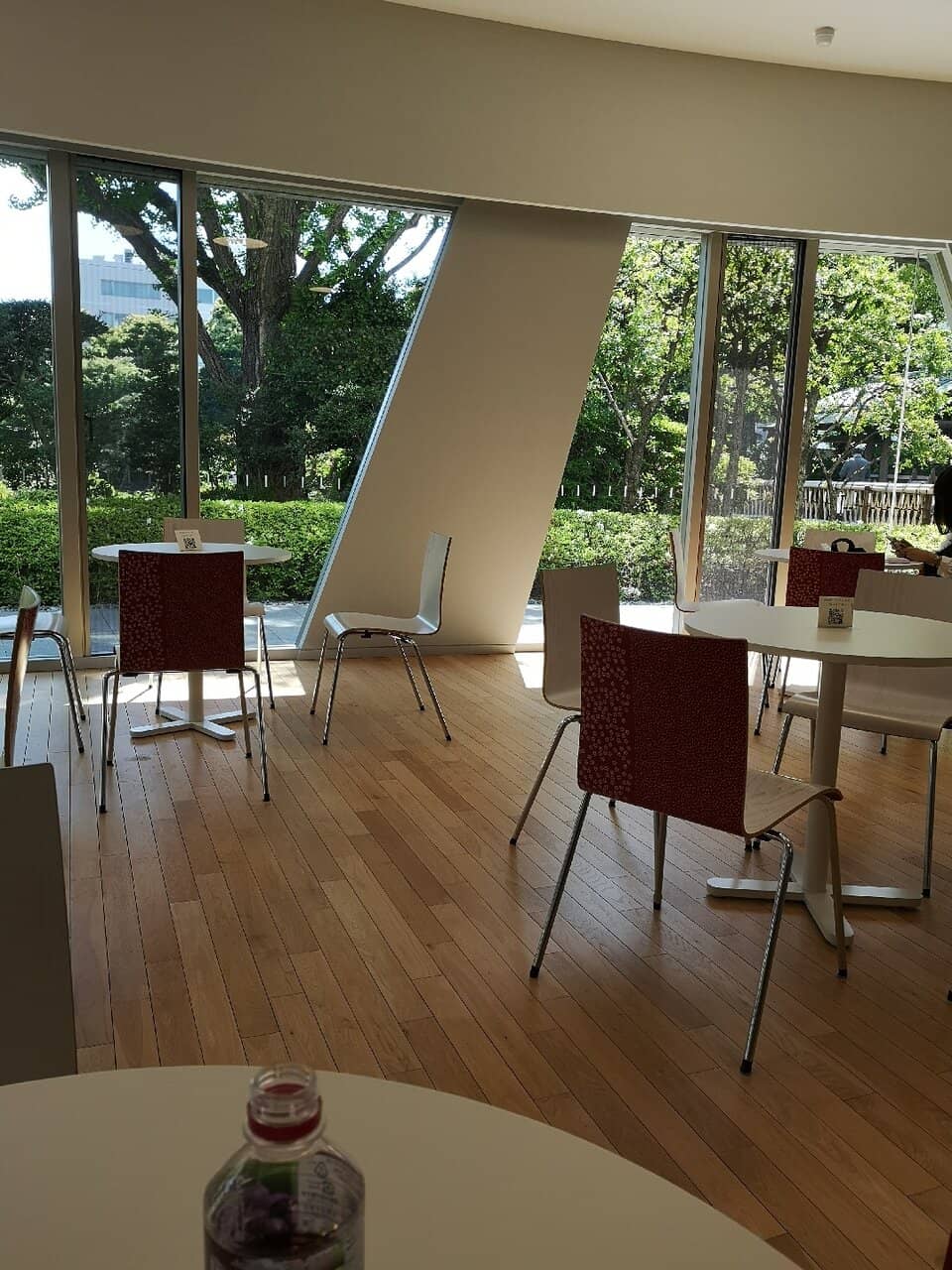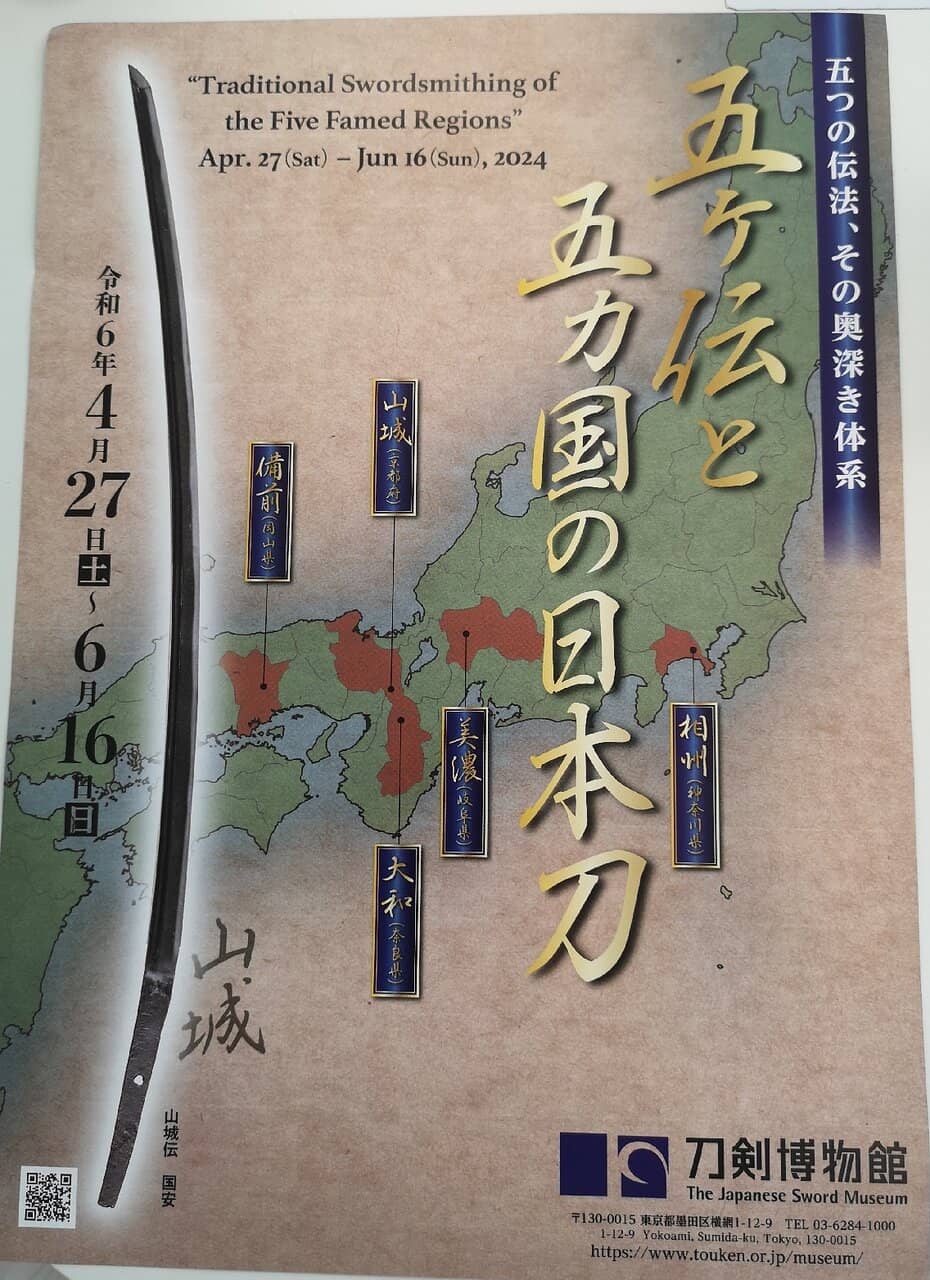
Japanese Sword Museum
Discover the artistry of Japanese swords, from the creation of tamahagane steel to the forging of award-winning katanas.

Highlights
Must-see attractions

Social
From TikTok & Reddit
Best Time
Fewer crowds, more focus

Japanese Sword Museum
Best Time
Fewer crowds, more focus

Highlights
Must-see attractions
Discover the artistry of Japanese swords, from the creation of tamahagane steel to the forging of award-winning katanas.
"A well-maintained space showcasing beautiful, award-winning katanas with a focus on craftsmanship."

Use Translation Apps
Many exhibits are in Japanese, but translation apps can help unlock the details of the swords. :iphone:
Focus on Craftsmanship
Appreciate the artistry and skill in blade making, rather than expecting samurai movie lore. :sparkles:

Highlights
Discover the most iconic attractions and experiences

Award-Winning Katanas
Third Floor Exhibition Hall
Admire some of the most impressive, award-winning Japanese swords, showcasing exquisite craftsmanship.

Blade Making Process
Entrance Room
Learn about the intricate process of smelting iron and creating 'tamahagane' steel for sword forging.

Tranquil Turtle Pond Park
Museum Rear Garden
A hidden gem for relaxation, this tiny park offers a peaceful escape after your museum visit.
Plans like a pro.
Thinks like you
Planning Your Visit
Manage Expectations for Sword Enthusiasts
Combine with Nearby Attractions
Best Times
Insider Tips
from TikTok, Instagram & Reddit
Use Translation Apps
Many exhibits are in Japanese, but translation apps can help unlock the details of the swords. :iphone:
Focus on Craftsmanship
Appreciate the artistry and skill in blade making, rather than expecting samurai movie lore. :sparkles:
Don't Miss the Garden
The small turtle pond park in the back is a surprisingly peaceful spot to unwind. :turtle:
Check Temporary Exhibits
Temporary exhibitions can offer unique insights and add value to your visit. :newspaper:
Where to see famous swords in Japan
Tips
from all over the internet
Use Translation Apps
Many exhibits are in Japanese, but translation apps can help unlock the details of the swords. :iphone:
Focus on Craftsmanship
Appreciate the artistry and skill in blade making, rather than expecting samurai movie lore. :sparkles:
Don't Miss the Garden
The small turtle pond park in the back is a surprisingly peaceful spot to unwind. :turtle:
Check Temporary Exhibits
Temporary exhibitions can offer unique insights and add value to your visit. :newspaper:
What Travellers Say
Reviews Summary
Visitors find the Japanese Sword Museum to be a well-maintained space showcasing beautiful, award-winning katanas with a focus on craftsmanship. However, many note the lack of extensive English explanations and a lengthy, Japanese-only video presentation, leading some to feel it's more academic than engaging.
"The Japanese Sword Museum in Tokyo left me feeling a bit underwhelmed. I went in expecting a dramatic display of legendary katanas, samurai stories, maybe some armor or interactive elements—something to bring the spirit of the sword to life. Instead, it felt more like a quiet, academic gallery. The swords are undeniably beautiful, but most are displayed as bare blades with minimal context.
There’s a video playing in a small theater, but it’s only in Japanese and goes on for quite a while—longer than you’d expect for a museum this size. It’s tough to stay engaged if you don’t speak the language, and there’s no subtitle option. Overall, it’s a well-maintained space, but unless you’re a real enthusiast for sword craftsmanship, you might find yourself wishing there was just… more."
markos paterakis
"If you're interested in Japanese swords and how they are made this is a nice museum for you! It's not very big but the exhibits are well thought out, most are in Japanese but some are in English, and you can use translation apps. We visited the temporary exhibition too, which was very interesting as well. They have a nice souvenir shop too!"
Alexandra
"If you’re into the swords, definitely worth a visit. If you’re into the movie-swords, it’s not the droid you’ve been looking for, I mean, the swords you’ve been looking for. ;)
There’s an amazing tiny turtle pond park in the back which is a great place to relax and unwind. Or to have a sandwich. Potato tomato."
Blazej Kozlowski
What People Like
What People Dislike
Frequently Asked Questions
🚇 🗺️ Getting There
The Japanese Sword Museum is located at 1 Chome-12-9 Yokoami, Sumida City, Tokyo. It's accessible via public transport. The nearest stations are Ryogoku Station (JR Sobu Line, Toei Oedo Line) and Honjo-azumabashi Station (Toei Asakusa Line). From these stations, it's a short walk to the museum.
Yes, the Japanese Sword Museum is in the Sumida area, relatively close to the Tokyo Skytree. You can easily combine a visit to the museum with a trip to the Skytree, as they are within walking distance or a short train ride from each other.
From Shinjuku, take the JR Chuo Line to Akihabara, then transfer to the JR Sobu Line to Ryogoku Station. Alternatively, take the Toei Oedo Line directly from Shinjuku to Ryogoku Station. The museum is a short walk from Ryogoku Station.
🎫 🎫 Tickets & Entry
The museum is typically open from 10:00 AM to 4:00 PM, but it's always best to check their official website for the most up-to-date hours, as they can vary. It is usually closed on Mondays.
Admission fees are generally modest. While specific prices can change, expect it to be around ¥1,000 for adults. Check the museum's official website for current pricing information.
Advance booking is usually not required for general admission. You can typically purchase tickets at the museum's entrance. However, for special exhibitions, it's advisable to check if advance reservations are recommended.
While children can visit, the museum's focus on academic display and the lack of interactive elements might not hold their attention for long. The video presentation is also in Japanese.
🎫 ⚔️ Onsite Experience
The museum displays a collection of Japanese swords, primarily focusing on modern, award-winning katanas and their craftsmanship. You'll see beautifully forged blades, but don't expect to find famous historical swords like Masamune or Muramasa here.
Some exhibits may have English explanations, but many are primarily in Japanese. Visitors often use translation apps on their phones to understand the details of the swords and their history.
The museum features a video presentation that details the process of making Japanese swords, including the creation of 'tamahagane' steel. However, the video is entirely in Japanese and can be quite long, which may be a challenge for non-Japanese speakers.
The primary focus of the Japanese Sword Museum is on the swords themselves. While some related elements might be present, it's not a comprehensive samurai museum with extensive armor or weaponry displays.
Photography policies can vary. It's best to look for signage within the museum or ask staff if photos are permitted. Often, flash photography is prohibited.
🍽️ 🍽️ Food & Dining
The museum itself does not typically have a restaurant or cafe. However, the surrounding Sumida area, especially near Ryogoku Station and the Tokyo Skytree, offers a wide variety of dining options, from traditional Japanese cuisine to international fare.
You'll find numerous restaurants and eateries around Ryogoku Station, known for its sumo culture and chanko nabe (sumo stew). The area around Tokyo Skytree also has many dining establishments.
📸 📸 Photography
Photography rules can change, so it's important to check for signs or ask museum staff. Generally, non-flash photography might be allowed for personal use, but it's best to confirm.
While photography inside might be restricted, the exterior of the museum and the peaceful turtle pond park in the rear garden offer pleasant photo opportunities.
For Different Travelers
Tailored advice for your travel style
👨👩👧 Families with Kids
However, if your children have a specific interest in swords or Japanese culture, it could be a brief, educational stop. The small turtle pond park in the back offers a nice, quiet space for kids to stretch their legs. Consider pairing this visit with more engaging activities in the Sumida area, like the Tokyo Skytree or a Sumida River cruise, to balance the experience.
🤓 Sword Enthusiasts & History Buffs
While you might not find legendary historical swords here, the focus on the how and why of sword creation offers a unique educational perspective. It's an opportunity to understand the dedication and skill that goes into each piece. Remember to utilize translation apps to fully grasp the details presented in the exhibits.
🚶 Day-Trippers & Sightseers
Be prepared for a more academic experience; it's less about samurai battles and more about the artistry of the blades. Combine your visit with a stroll along the Sumida River or explore the dining options at Solamachi to create a well-rounded day of sightseeing.
Deep Dives
In-depth insights and expert knowledge
Understanding the Art of the Katana
While the museum showcases many modern, award-winning katanas, it's important to note that it's not a historical archive of famous swords like those wielded by legendary samurai. Instead, the focus is on the craftsmanship and the evolution of sword-making techniques. The exhibits highlight the dedication and skill required to produce these beautiful and functional works of art.
For those deeply interested in the metallurgy and artistry behind Japanese swords, the museum offers a valuable, albeit academic, insight. It's a place to appreciate the dedication to perfection that defines the creation of a katana.
Navigating the Museum Experience
A common point of feedback is the museum's video presentation, which is entirely in Japanese and can be quite lengthy. While it aims to educate visitors on the sword-making process, its duration and language barrier can lead to a less engaging experience for those who don't speak Japanese.
Despite these limitations, the museum is appreciated by enthusiasts for its focus on craftsmanship. The presence of a souvenir shop and the unexpected charm of the small turtle pond park in the back offer additional points of interest for visitors looking to make the most of their time.
Beyond the Blades: Nearby Attractions
Adjacent to the Skytree is Solamachi, a large shopping and entertainment complex with numerous dining options, making it a convenient spot for lunch or dinner. The Sumida River itself is also a pleasant area for a stroll, with boat cruises offering a unique way to see the city.
For art lovers, the Hokusai Museum, dedicated to the famous ukiyo-e artist Katsushika Hokusai, is also located in Sumida. This offers a complementary cultural experience, showcasing traditional Japanese art alongside the historical craftsmanship of swords.



Social
from TikTok, Instagram & Reddit